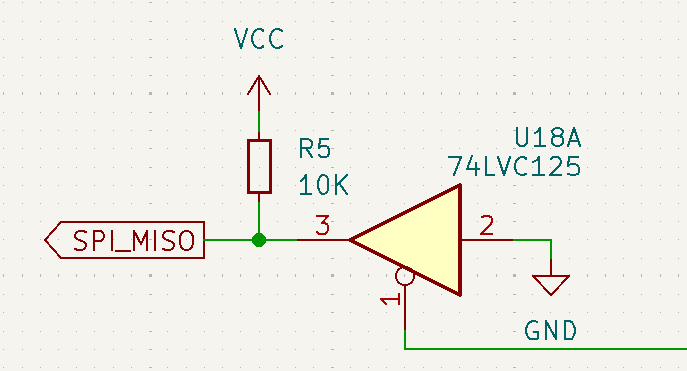Say I am running my 74LVC125 at 2.5V. At the A input I have a logic 1 and at the nOE input, I have a logic 0, so the device should be driving a logic 1 onto the Y output.
With no load connected to the Y output, I should observe 2.5V at the output, obviously.
Now say I have a load along the lines of 1kohm to 5V. What happens? I choose 74LVC125 for my example because for tristate LVC logic, in the high-Z state (nOE high), applying higher voltage than Vcc on an output is allowed. But what about with the output enabled?
- Will it sink something like (5.0V - 2.5V) / 1kOhm = 2.5mA?
- Will very little current flow?
- Will it sink more current than I would expect? The TVS diodes of the LVC device will not yet flow current, but will some kind of reverse bias damage happen to the rest of the LVC driver IC?
I want the first thing to happen, that is for the 'LVC125 to sink something like 2.5mA into 2.5V. Using a logic circuit like 74LVC125 is cheaper and than applying several MOSFETs for this purpose. Can it be done?



